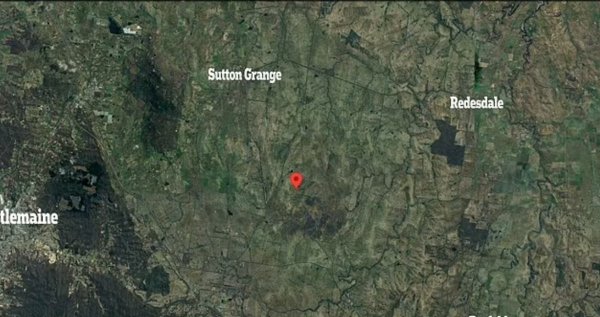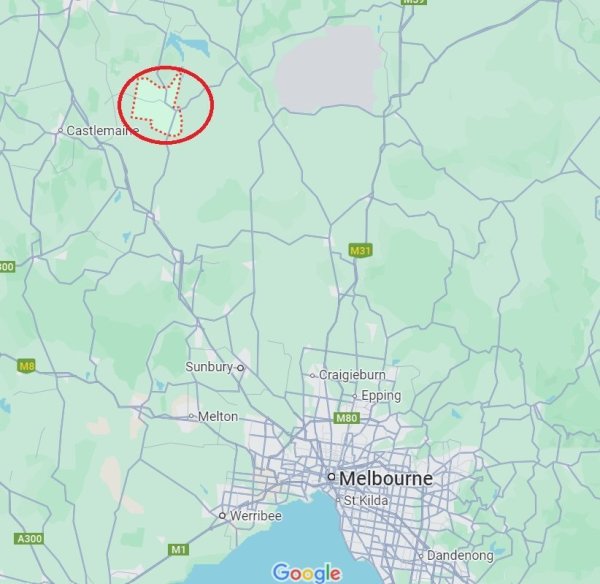-
Posts
7,563 -
Joined
-
Last visited
-
Days Won
67
Content Type
Profiles
Forums
Gallery
Downloads
Blogs
Events
Store
Aircraft
Resources
Tutorials
Articles
Classifieds
Movies
Books
Community Map
Quizzes
Videos Directory
Everything posted by red750
-
The Waco Model W Aristocraft was an American four-seat monoplane, the last aircraft designed and built by the Waco Aircraft Company. It had an unusual configuration with an engine mounted at the front driving a pusher propeller at the rear. The Aristocraft was an attempt by Waco to enter the post-war market for light aircraft. The prototype first flew in March 1947 powered by a 215 hp (160 kW) Franklin 6AL piston engine mounted at the front with a shaft driven pusher propeller at the rear. Of all-metal construction it was a high-wing monoplane with twin fins and rudders, It had a partially retractable tricycle landing gear. The company had orders for 300 aircraft but decided that the type would need costly development in a shrinking market and only the prototype was completed. Waco sold the design rights and in the 1960s efforts were made to market the type for home-construction. The sole prototype was eventually purchased in the early 1960s and restored to flight.
-
The reason for the time limit is, changing a post may make responses to the original post make no sense. eg., if you delete something others have commented on, their comments will make no sense to other readers. If there is an error which needs correcting, highlight it and click on the "quote selection" button that will pop up. This will put the quote in a new comment, which you can then recant or correct. Alternatively, request a moderator to make the change for you. Mods have no time limit.
-

Light plane crash Redesdale Vic 13/09/24 One dead.
red750 replied to red750's topic in Aircraft Incidents and Accidents
Back in my early days in the bank, (early sixties), I knew a girl who worked in another bank in the same suburb, and was going with a colleague from my branch, who was a skydiver. Sadly, she got into a spin, failed to open her chute, and died. -

Light plane crash Redesdale Vic 13/09/24 One dead.
red750 replied to red750's topic in Aircraft Incidents and Accidents
One can only assume that the chute was deployed too low ot too late. -
If you search Monomeith Park Airfield on Google Maps, you will find the location of the site referred to in this document - https://www.planning.vic.gov.au/__data/assets/pdf_file/0018/632223/South-East-Region-Airport-Planning-Pathways-Document.pdf Comments re planning mention 2030.
-
The Monocoupe 90 was a two-seat, light cabin airplane built by Donald A. Luscombe for Monocoupe Aircraft. The first Monocoupe (Model 5) was built in an abandoned church in Davenport, Iowa, and first flew on April 1, 1927. Various models were in production until the late 1940s. The Monocoupes were side-by-side two-seat lightplanes of mixed wood and steel-tube basic construction with fabric covering. A braced high-wing monoplane with fixed tailskid landing gear, and the reverse curve rear fuselage lines that were to become one of the signature identifier features of the Monocoupes. The fuselage framework was built up of welded steel tubing in a rigid, triangular-framed Warren truss form for the side panel structures, heavily faired to shape with dural metal sheet formers and wooden fairing strips. The wings were built up of solid spruce spars with wing ribs of basswood webs and spruce cap-strips. The leading edges were covered with dural metal sheet and the entire framework was covered in fabric. The aircraft was powered originally by either a 60 hp (45 kW) Anzani engine or the unsuccessful 65 hp (48 kW) Detroit Air-Cat radial. The Model 22 was the first light aircraft awarded a type certificate (number 22) and in 1930 it was fitted with the Velie M-5 62 hp (46 kW) five-cylinder radial engine to become the Model 70. In 1930 Monocoupe introduced the Model 90 with refined lines and a fuselage that was slightly longer and wider, this being sold in Model 90 and Model 90A versions with a 90 hp (67 kW) Lambert R-266 radial engine. The Monocoupe 90 DeLuxe introduced trailing edge flaps, wheel speed fairings and an improved engine cowling. The Model 90AF was fitted with a 115 hp (86 kW) Franklin engine. The Model 90AL had Avco Lycoming engines. The Model 90J was introduced in 1930 with a 90 hp (67 kW) Warner Scarab Jr engine. The final two high performance Monocoupe models developed from the Model 90 were the Model 110 with a 110 hp (82 kW) Warner Scarab, and the Model 125 with a 125 hp (93 kW) Kinner B-5 engine. The Monocoupe 110 Special was a clipped wing racing aircraft. The Monocoupe Model 70V of 1932, had the low-powered 65 hp (48-kW) Velie M-5 engine reintroduced to provide more economical operation at the cost of a fall in performance. In 1941 Monocoupe combined with three other companies to form Universal Molded Products Corp. 20 Model 90AFs were bought by the USAAF, who designated them the Universal L-7, for transfer to the Free French Forces. One was lost during delivery. Aircraft production halted during World War II, resuming briefly in 1948-1950 under the name Monocoupe Airplane and Engine Corporation. The last of this remarkable line of two-seat aircraft was the Monocoupe D-145 of 1934, a high-performance version with a slightly enlarged cabin and powered by a 145 hp (108 kW) Warner Super Scarab engine. For details of the 15 variants, click here.
-
The Velie Monocoupe was an American general aviation aircraft manufactured from 1927 to 1929 by the Mono-Aircraft Corp, a division of Velie Motors Corporation (founded by Willard L. Velie, maternal grandson of John Deere). The Velie Monocoupe was a wooden framed, doped fabric-covered monoplane, seating two people side-by-side in an enclosed cabin (hence the name). Conceived by pilot/businessman Don A. Luscombe, who developed a mock-up in 1926, and developed into a flying airplane by farmer-turned-plane-designer Clayton Folkerts—first produced by Central States Aircraft Corp in Davenport, Iowa—the little plane was a revolution in personal aviation: small, relatively inexpensive, quick and efficient (70-80 mph on just 55 horsepower), and with an enclosed cockpit (protected from the weather) for two people. In an era of big, costly, lumbering, open-cockpit biplanes, the Monocoupe was like a flying sports car coupe. In all there were 350 Velie Monocoupes produced under the approved type certificate number 22. Upon W. L. Velie's death, his son had planned to continue production of the aircraft but he died within months of his father. The company, and design, survived, however. Company change Upon the death of Velie's founder, in 1929 the Mono Aircraft Division was transferred to the holding company Allied Aircraft Co., which split the airplane division into Mono Aircraft Co. and Lambert Motors Co. Mono Aircraft would continue to produce the Monocoupe, in various versions—ultimately changing its name to Monocoupe Corp. The company producing the Monocoupe line changed ownership and location several times from 1926 to the early 1950s.
-
The Caproni Vizzola C22 Ventura was a light jet-powered aircraft developed in Italy for use as a military trainer. It was of conventional sailplane configuration and bore a family resemblance to the Caproni Calif gliders, although the Ventura had an almost entirely metal structure. The student and instructor sat side by side under an expansive canopy, and weapons hardpoints were provided under each of the slender, high-mounted wings. It had retractable, tricycle undercarriage. In 1981, Agusta acquired 50% of the C22 programme and proposed a new version, the C22R, which was to have been a reconnaissance aircraft also capable of Forward Air Control and ELINT operations. The basic C22J trainer was exhibited at the Farnborough Air Show in 1980[1] and September 1982, but failed to attract any customers, and the proposed C22R was never actually built.
-
The EM-11 Orka (orca) is a touring and executive aircraft manufactured in Poland. The EM-11 was designed by Edward Margański of Margański & Mysłowski Zakłady Lotnicze (Margański & Mysłowski Aviation Works), who were previously known for their Swift S-1 and MDM-1 Fox sailplanes. Work on this new low cost, light utility aircraft, of unorthodox configuration, with slim glider-like fuselage and two pusher engines, started in 2001 and was constructed of composite materials with a 4-seat cab placed low, for easier boarding. Luggage is stored behind the rear seats. Composite fuselage was a development of sailpane fuselage. As the designer Edward Margański pointed out, his goal was to create flying limousine "for people, not only for pilots", offering good visibility, comfort and ease of boarding. He expressed also, that his ambition was always to create beautiful aircraft, an in this field his inspiration was Let L-200 Morava. The first prototype EM-11, registered SP-YEN, flew 8 August 2003. It has a fixed tricycle landing gear and Rotax 912 (100 hp (75 kW)) engines. The second prototype, registered SP-YEP, was to be a pattern for serial production variant EM-11C, flew 20 October 2005 with Lycoming IO-320 engines and retractable landing gear. In April 2011 EM-11C Orka was EASA certified and is currently in production. Prior to certification, two prototypes and three further aircraft had been built. Several variants are planned including, a patrol aircraft with an FLIR head, an air ambulance, a cargo aircraft, and an amphibious version.
-
The Cessna 414 is an American light, pressurized, twin-engine transport aircraft built by Cessna. It first flew in 1968 and an improved variant was introduced from 1978 as the 414A Chancellor. The pressurized 414 was developed to appeal to owners of unpressurized, twin-engined aircraft, and was based on the fuselage of the Cessna 421 and used the wing design of the Cessna 401. The 414 is a low-wing cantilever monoplane with a conventional tail unit and a retractable tricycle landing gear. It is powered by two wing-mounted 310 hp (231 kW) Continental TSIO-520-J horizontally opposed, six-cylinder engines. The prototype, registered N7170C, first flew on 1 November 1968, and production aircraft were available in a number of optional seating arrangements and avionics packages. The name Chancellor was used for models marketed from 1976. An improved variant the Cessna 414A Chancellor was introduced in 1978 with the major change being a redesigned and increased-span wing with integral fuel tanks and an extended nose to give more baggage space. Modifications Many supplemental type certificates exist for the aircraft that allow upgrades to improve performance. Common are engine and aerodynamic modifications, including winglets. In 1974, American Jet Industries built a turboprop-powered conversion of the Cessna 414, named the Turbo Star Pressurized 414, using Allison 250-B17B engines. Scenic Airlines of Las Vegas purchased the rights to the design in 1977. Thielert has offered engine conversions using their Centurion Engines. This involves the installation of FADEC-controlled aviation diesel piston engines that run on commonly available jet fuel. Thielert claims increased power and improved fuel economy over other available conventional piston engines. Variants 414 Initial production variant, 516 built 414A Chancellor Improved 414 with narrower vertical tail, longer span bonded wet wing without tip tanks, a lengthened nose, redesigned landing gear, and powered by two 310 hp (231kW) TSIO-520-N engines, 554 built. Riley Rocket 414 Conversion of Cessna 414 aircraft by fitting two 400 hp Lycoming IO-720 engines
-
English translation from Russian website airwar.ru: In 1929 Chicago-Midwest Aircraft Co. released a light transport aircraft for 10 passengers, designated X-101. He was a highly mixed design, equipped with two Wright R-1750 Cyclone engines with a capacity of 525 hp, set tandemno. The wing for the plane was purchased from the company Fokker American. Single copy (registration number X3094) successfully flew 80 hours, after which he crashed. At recovery he had changed engine position. To this time company changed its name to Dayton Aircraft Corp., and the plane received a new name - Dayton Overmount x. Noteworthy was the length of her run, which was only 68 meters. Chicago-Midwest Aircraft Co. X-101 Dayton Overmount x
-
I think I might predate you Jerry. I learnt at Moorabbin before the days of RAA and recreational certificates. My school no longer exists - I learnt at Civil Flying School and Peter Bini was the CFI. He did my checkride for the resttricted PPL in 1968. Then I did my navexes and did a couple of landings at Lilydale on the grass strips on my way to unrestricted PPL. Lilydale was owned by CFS in those days, and started with the "office" in a caravan parked near the southern end of the runways. Later they built a two storey clubhouse where the current school is located, but it burned down. Flew Musketeers, Warrior, Arrow, Bonanza,Airtourer. Got nplenty of radio experience at Moorabbin.
-
I haven't been near Tulla since 2017, but when I did go, the spot I loved to take photos like the one below will most likely be behind a locked gate.
-

Light plane crash Redesdale Vic 13/09/24 One dead.
red750 replied to red750's topic in Aircraft Incidents and Accidents
-

Light plane crash Redesdale Vic 13/09/24 One dead.
red750 replied to red750's topic in Aircraft Incidents and Accidents
Channel 7 report showing burnt out wreckage from helicopter view. Channel 7 report -
Third Runway Approved WWW.MELBOURNEAIRPORT.COM.AU
-
A light plane has crashed near a rural town in Victoria. Police and paramedics rushed to the scene near Redesdale, a small town 100km northwest of Melbourne, after the plane crashed at 12.35pm on Friday. One person has died, the Herald Sun reports. The plane crashed in paddocks, and police have reportedly blocked access to a rural property in the area as their investigations begin. A Victoria Police spokesperson said: 'The exact circumstances surrounding the incident are yet to be determined, more information will be provided when it is appropriate to do so'.
-
Posted by Admin on Social Australia: Nev is recovering from his Knee surgery in rehab so he will be back with Bells on very soon. Life would not be the same without Nev
-
1.5M views · 11K reactions | "When nature calls, sometimes you just... WWW.FACEBOOK.COM "When nature calls, sometimes you just have to answer—no matter where you are! Imagine having to make an off-field landing for a quick 'emergency stop'? 😅" Wishing you blue skies, tailwinds, and...









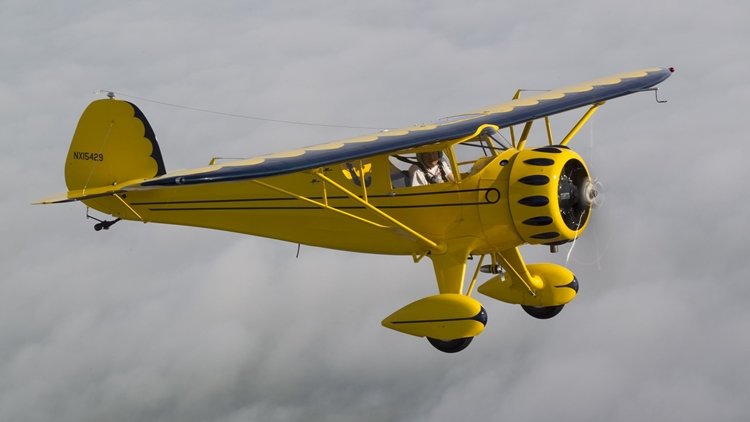
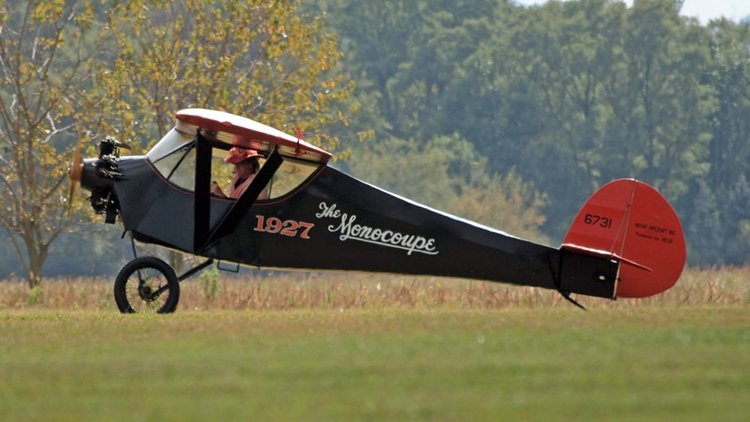

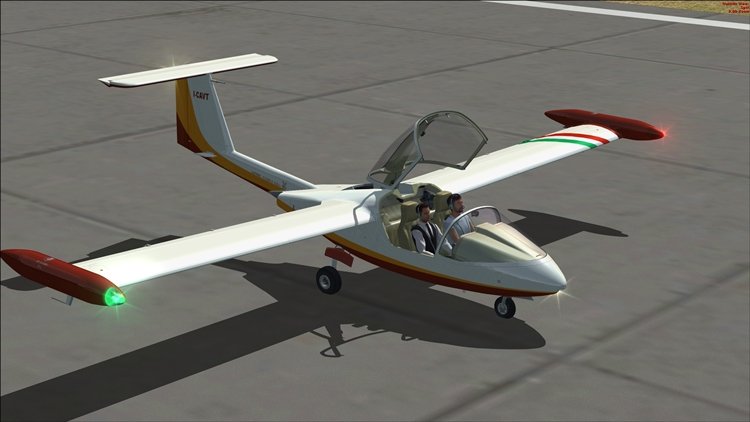
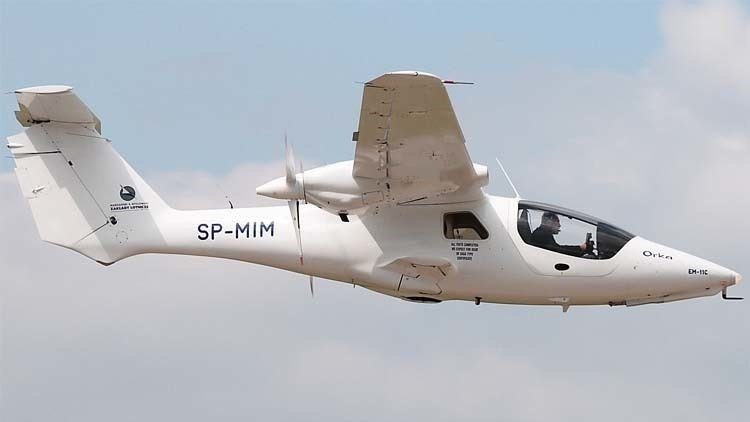

.thumb.jpg.3df9323fb3a09f9578de267f1d92f1ee.jpg)



